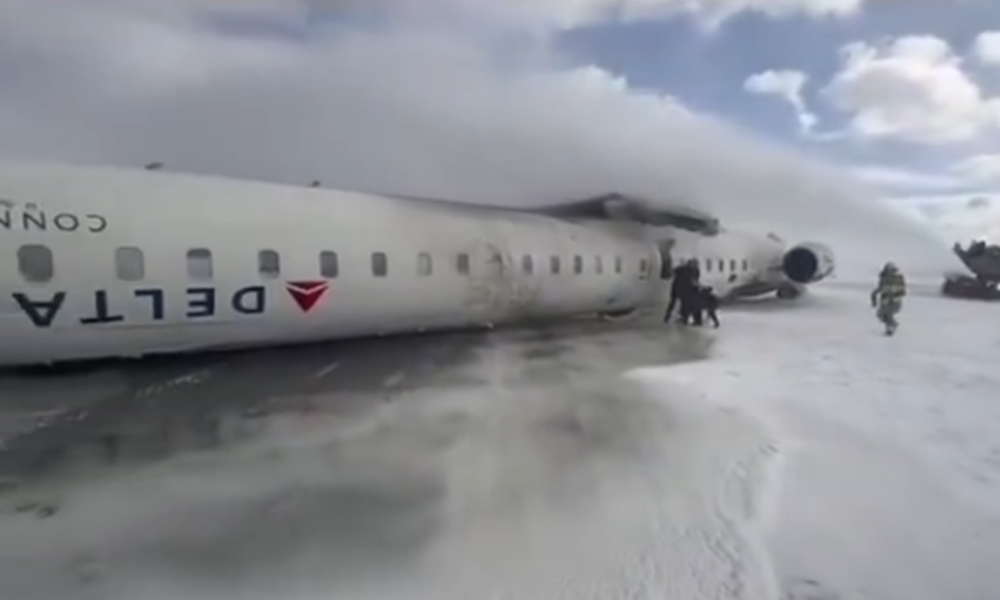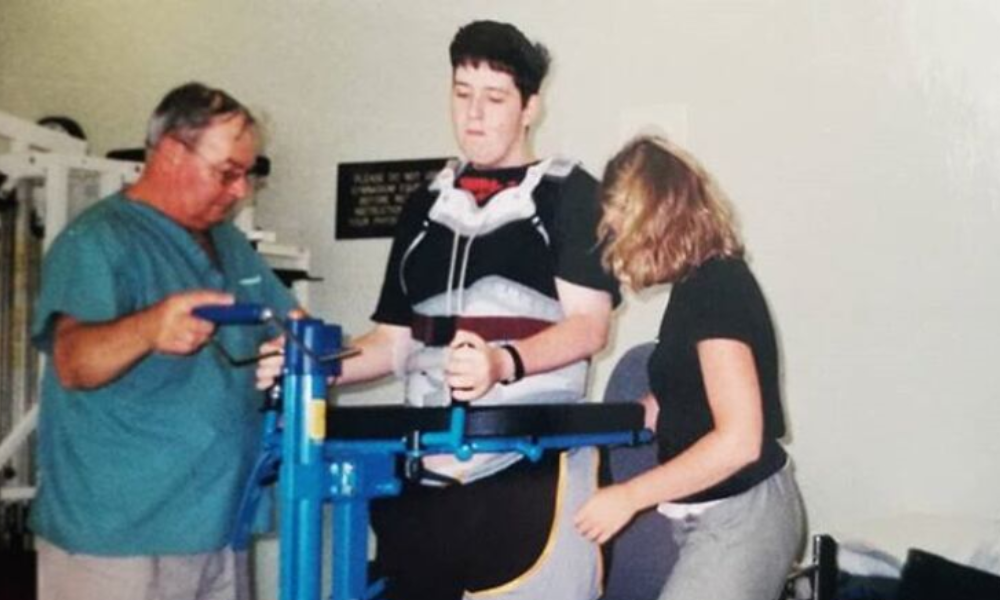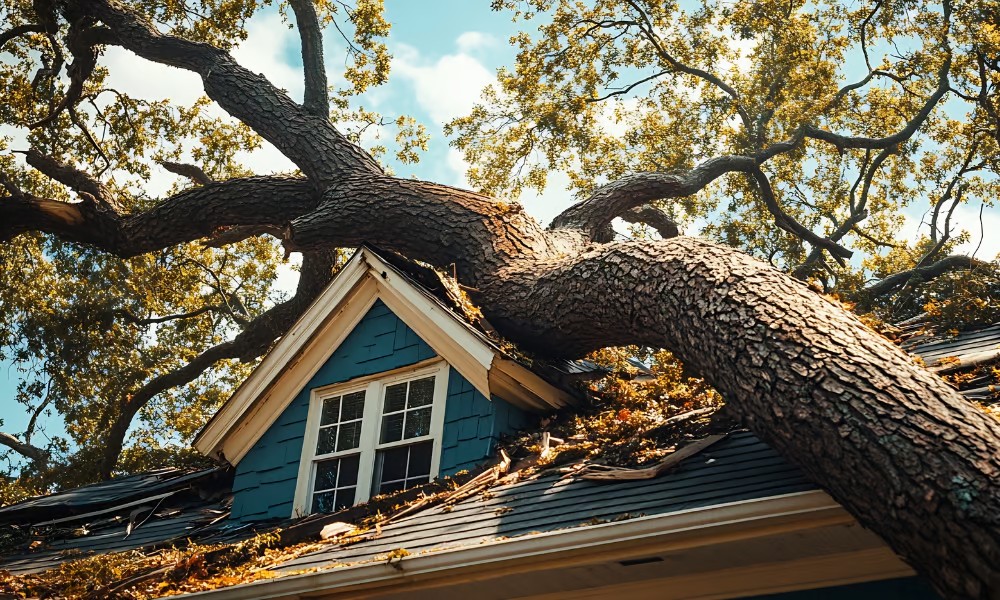Former TSB investigator says 'snow helped dampen any fire risk'

Toronto Pearson International Airport is still reeling from the February 17 crash of Delta Connection Flight 4819, as safety investigators work to determine what caused the aircraft to flip upside down upon landing. The Transportation Safety Board of Canada (TSB) is leading the investigation, with U.S. agencies, including the National Transportation Safety Board (NTSB) and the Federal Aviation Administration (FAA), also involved.
The Bombardier CRJ900LR, operated by Endeavor Air, was arriving from Minneapolis when it made what experts are calling a "hard landing." According to retired TSB investigator David McNair, the aircraft did not appear to perform a normal "flare" maneuver before touchdown, leading to an uncontrolled descent.
"The airplane came in and basically did not flare or round out on landing," McNair explains. "It just smashed down."
Clearist footage showing the crash moment of Delta - Endevoir Air CRJ-900 Flight DL4819 from Minneapolis (MSP) to Toronto (YYZ) with registration N932XJ.
— aircraftmaintenancengineer (@airmainengineer) February 18, 2025
We will share the reports as soon as available. pic.twitter.com/4XRAdJt3c0
Wind shear and crosswinds
Weather conditions at the time of the crash included gusting winds of up to 10 knots and a crosswind of 17 knots—factors that could have played a role in the pilots' ability to control the descent.
"If the wind suddenly shifts from a headwind to a lower-speed headwind, that's called wind shear," McNair says. "That can cause the aircraft's airspeed to drop, and maintaining airspeed is crucial for a stable landing."
Flight data recorders, now recovered by investigators, will provide crucial insight into how weather conditions affected the aircraft's performance and whether mechanical issues or human factors contributed to the crash.
No major explosion
Remarkably, all 80 passengers and crew survived the crash, though 21 sustained injuries. McNair says the absence of fire was a key factor in preventing fatalities.
"When you see the wreckage upside down like that, you expect the worst," he admits. "But the missing element that made survival possible was the lack of fire and explosion."
Video footage from the scene shows a fireball erupting behind the aircraft as its wing broke off, spilling fuel. However, the combination of quick emergency response and environmental conditions may have prevented a full-blown disaster.
"The airplane pivoted 180 degrees and kicked up a cloud of snow," McNair notes. "It's possible that the snow helped dampen any fire risk. It certainly didn't hurt."
Lessons for emergency preparedness
For health and safety professionals, this incident highlights the importance of emergency response planning, particularly in extreme weather conditions.
One key issue McNair points out is passenger preparedness. Many passengers were dressed for comfort rather than for emergency evacuation in freezing temperatures.
"The thing you notice in the video is that the cabin crew were dressed warmly, but the passengers had short sleeves and light clothing because their coats were in the overhead racks," he says. "It was -19°C when they evacuated. That’s a problem."
Fortunately, airport rescue teams responded swiftly with warm buses to shelter passengers. But McNair stresses that emergency preparedness plans should account for scenarios where passengers must wait outside for longer periods.
"Getting passengers into a warm environment quickly is critical in these conditions," he emphasizes.
What comes next?
The TSB's investigation will take months, with teams analyzing flight data, weather patterns, and pilot decision-making. The aircraft’s manufacturer—Bombardier, now under Mitsubishi Heavy Industries—will also assist in understanding structural failures.
For safety professionals, this incident serves as a stark reminder of the unpredictable nature of aviation emergencies. While no lives were lost, McNair urges continuous improvement in emergency response strategies.
"Every incident like this is a chance to learn and improve," he says. "Because next time, we might not be so lucky."





